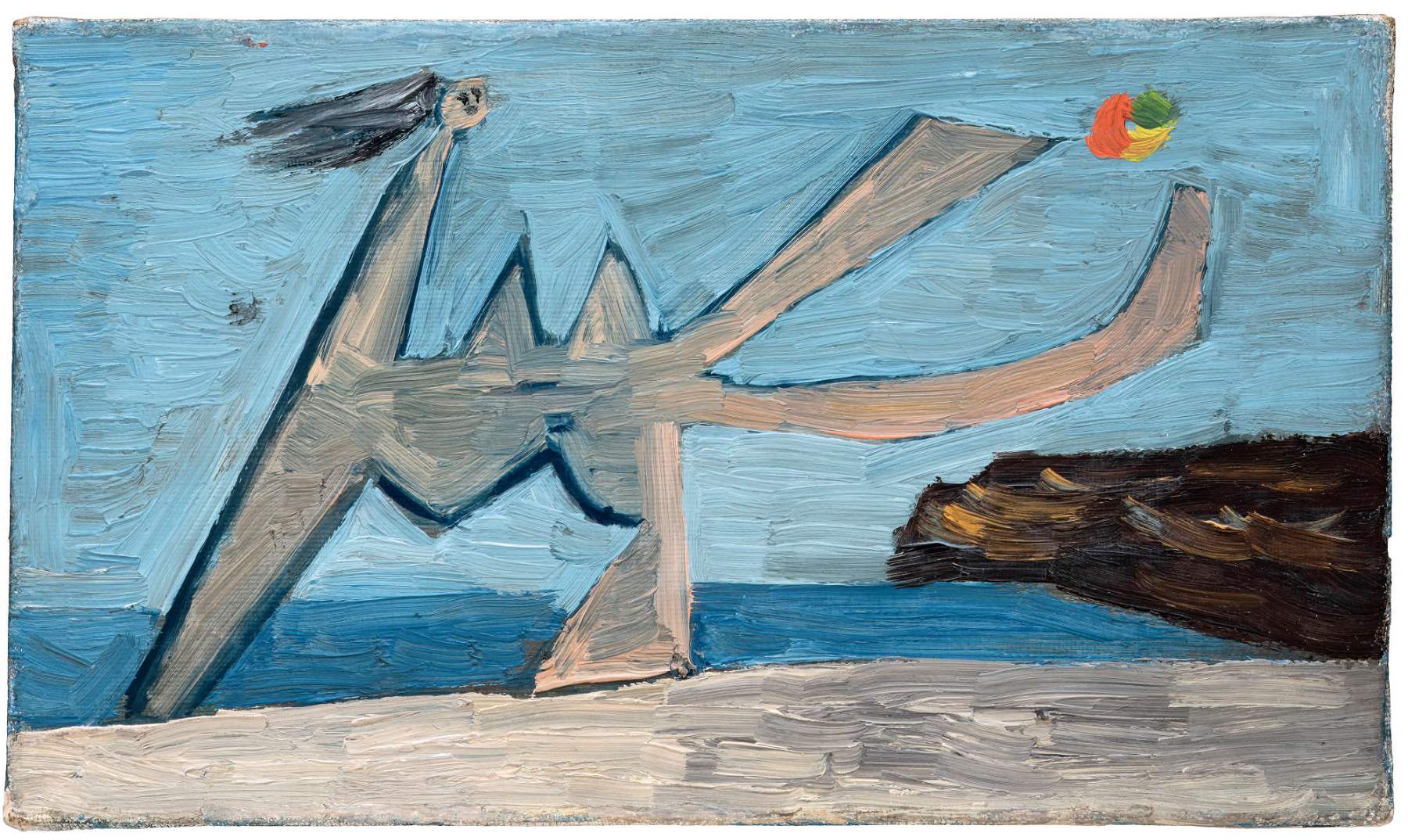MUDEC in Milan presents an exhibition that closes the 50th anniversary celebrations of the death of Pablo Picasso (Málaga, 1881 - Mougins, 1973), scheduled from February 22 to June 30, 2024, and entitled Picasso. The Metamorphosis of the Figure. The exhibition, curated by Malén Gual, honorary curator of the Picasso Museum in Barcelona, together with Ricardo Ostalé is produced by 24 ORE Cultura - 24 ORE Group and promoted by the City of Milan-Cultura, with the patronage of the Embassy of Spain in Italy and the support of Fondazione Deloitte, Institutional Partner of the exhibition. The exhibition features more than forty works by the Spanish master, including paintings, sculptures, along with 26 drawings and sketches of preparatory studies, from the very valuable Notebook No. 7 granted by the Pablo Ruiz Picasso Foundation - Museo Casa Natal in Malaga.
Essential to the exhibition is the collaboration with major Spanish museums that hold Picasso’s most significant works in his native Spain: Casa Natal in Malaga, Museo Picasso in Barcelona and Museo Reina Sofia in Madrid, along with various private collectors. The project will also be an opportunity to see again hosted at MUDEC, after years, the 1907 Femme Nue belonging to the Milan civic collections, a painting that was a fundamental prelude to Picasso’s masterpiece Les Demoiselles d’Avignon, 1907, in dialogue with the mask paintings. In a play of mirrors and cross-references that looks from the remotest past to the contemporary, the selection of the Spanish master’s production presented in the exhibition is in dialogue with a corpus of ancient sources and archaeological and ethnographic finds, thanks in part to MUDEC’s rich collections and the collaboration of the museum’s conservators on the project. Picasso did not consider the art that inspired him as primitive; he did not see a ’before’ and an ’after’ in art. “There is neither past nor future in art,” the artist emphasized. “If a work of art cannot always live in the present, it has no meaning.” Pablo Picasso in fact knew how to understand and reinvent them.
With this exhibition, MUDEC in Milan invites the public to explore Picasso’s vast production through his deep interest in primitive art sources and primitive art. It chronicles the constant process of intellectual reworking and the artistic legacy of his vision in an exhibition project conceived especially for the museum. With the return to primitivism around 1925, Picasso was inspired by African, Neolithic and proto-Iberian examples, as well as Oceanic, Egyptian and classical art. He reinvents and models figures with distorted proportions in a continuous metamorphosis often marked by a strong erotic charge, thus influencing the course of his painting and sculpture, especially during periods of personal or social crisis. The exhibition, therefore, looks to the primitive to explain how Picasso’s work was rooted in the past, but it also looks to the present to provide a key to understanding the evolution of contemporary painting and the new generations of African artists who found themselves confronted with the Spanish genius, and absorbed/rejected his language and vision.
The great interest shown by Picasso and the assimilation in his work was instrumental in the greater knowledge and deepening of the study of the art of different African and Oceanic cultures. His great prestige as an artist and as the formulator of a new art, of a new avant-garde that has permeated all international artistic production to this day contributed very decisively to a new vision of the arts of other latitudes and to the respect by the academic world for different African and Oceanic cultures. The exhibition explores Picasso’s artistic transformation from 1925 onward. Divided into five sections, it reveals the influence of different cultures on his work. Les Demoiselles d’Avignon is the focus of the 1906-1907 section, followed by the Cubism phase and tribal art. The fourth section outlines the continuity of tribal art in Picasso’s works until World War II. The fifth if section, on the other hand, illustrates the metamorphoses of the figure in Picasso’s work until 1970, while the last and sixth sections highlight the mutual attraction between Picasso and African art, highlighted by Picasso’s influence on contemporary African artists. The exhibition also recounts Picasso’s creative process through video installations curated by Storyville collected under the title A Visual Compendium, which accompany visitors along the exhibition’s path.
On the occasion of the exhibition, 24 ORE Cultura published the catalog Picasso. The Metamorphosis of the Figure, together with the monographic volume Pablo Picasso, from the series A Life for Art, edited by Francesco Poli. Regular hours: Monday 2:30-7:30 p.m.; Tuesday-Wednesday-Friday-Sunday 9:30 a.m.-7:30 p.m.; Thursday-Saturday 9:30 a.m.-2:30 p.m. Tickets: Full €16.00; Reduced €14.00.
Image: Pablo Picasso, Femme jouant sur la plage (1928; oil on canvas; Private collection) © Succession Picasso, by SIAE 2024
 |
| An exhibition at MUDEC on Picasso's interest in primitivism. |
Warning: the translation into English of the original Italian article was created using automatic tools. We undertake to review all articles, but we do not guarantee the total absence of inaccuracies in the translation due to the program. You can find the original by clicking on the ITA button. If you find any mistake,please contact us.